Usually political dances are not high on artistry. They tend to blare their messages for the sake of emphasis rather than subtlety. But recently I’ve seen a number of pieces focusing on social justice or the environment that moved me, not so much with their message but with artistry: Liz Lerman’s Healing Wars, Kyle Abraham’s When the Wolves Came In…, and Jill Sigman’s (Perma)Culture. Also, via the screen, Eiko’s A Body in Fukushima. They speak to us gently rather than stridently. (The first three have made more explicit socially-minded works in the past.) Yes, it’s mostly preaching to the converted, so they are not going to change many minds. But it is less about preaching and more about creating a poetic experience out of something they passionately believe in. And that’s inspiring.
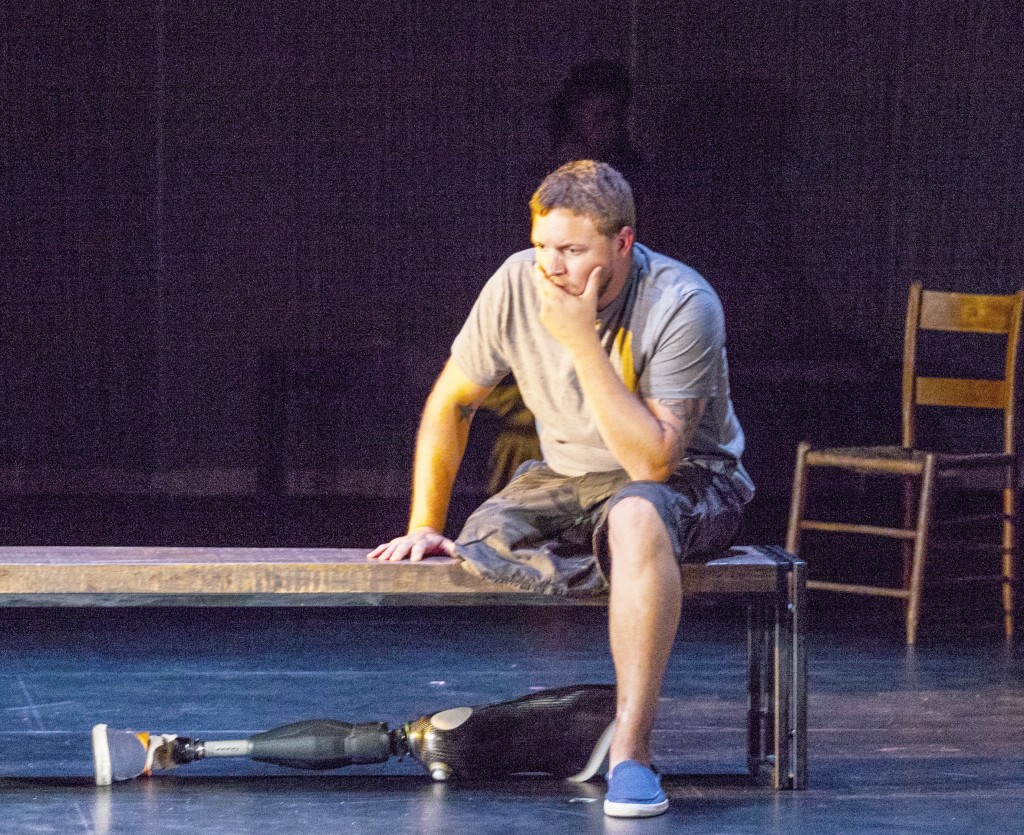
Paul Hurley in Healing Wars, photo by Marina Levitskaya
When Healing Wars came to Peak Performances in Montclair, NJ, a few weeks ago, the audience entered the theater through backstage, coming upon scenes that prepared us for Lerman’s onstage story about the civil war. We saw a woman in a hoop skirt change into a man’s military uniform. (Many women disguised their gender so they could fight.) We saw an Iraqi war veteran on a bench talking casually about his prosthesis. When we took our seats in the house, those characters were fleshed out in greater complexity and poignancy. A narrative on the history of wartime healing guided the flow of the action, text, and visual design. The most moving section was when Paul Hurley, the amputee, relived the attack in which he lost his leg and his best buddy. The pairing of Hurley with Keith Thompson, a former Trisha Brown dancer, as the buddy, in a slow-mo re-enactment was a highpoint.
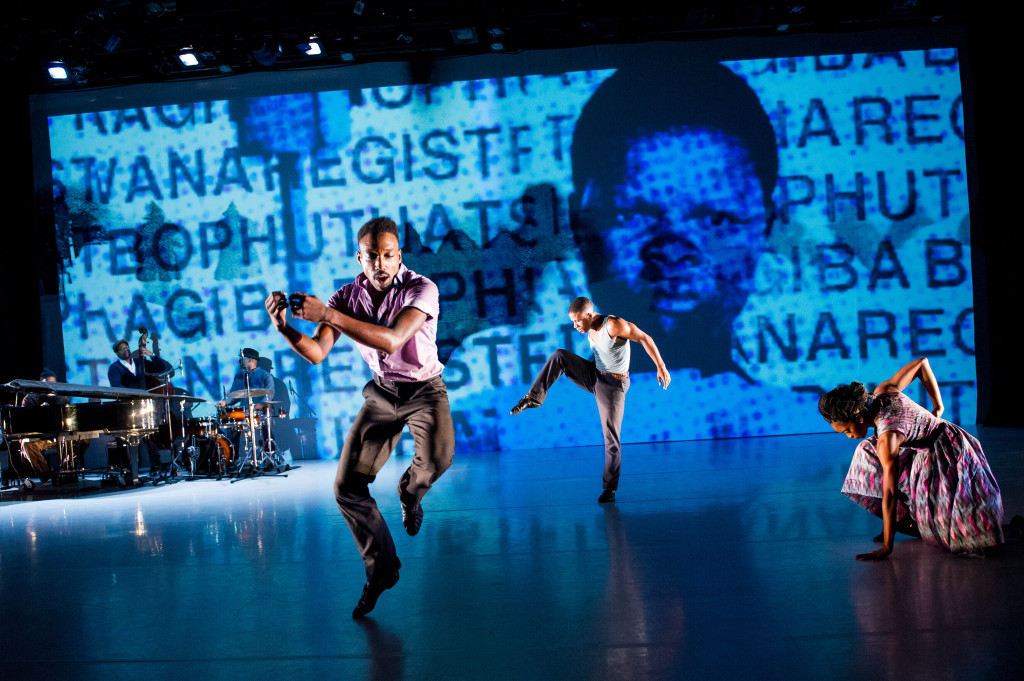
The Gettin’, photo by Ian Douglas
In Abraham’s “Gettin’,” the third piece in his trilogy When the Wolves Came In… at New York Live Arts, I felt only distantly aware that this was about civil rights and apartheid. The projections on the backdrop showed images like a “Whites Only” sign, and the music by Robert Glasper was based on “We Insist!” (Max Roach’s Freedom Now Suite). But it was Abraham’s slippery/strong movement amalgam that claimed my eyes. (Siobhan Burke has a great description of it in her review.) It was only when singer Charenee Wade let out some serious hollering that the sense of struggle reached the pitch of rage.
And in Jill Sigman’s (Perma)Culture at Danspace, the dancers improvised within a structure, allowing their individuality to surface. No text, no speechifying about the virtues of sustainability. But at the end, when they started placing small clay objects on each other and invited the audience to join them, the trust between performer and audience member made you feel part of a community of people who care about the environment.
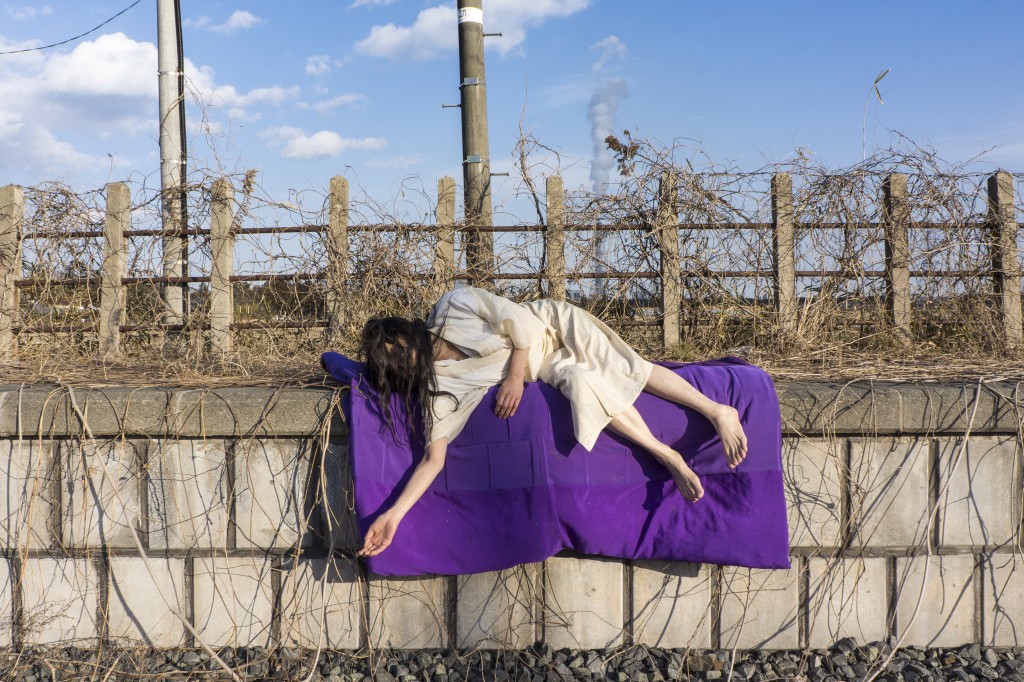
Eiko in Fukushima, Photo © William Johnston
And finally, Eiko’s online A Body in Fukushima, a series of chilling photographs by William Johnston, reminded me about the devastation of radiation—in the most poetic way possible. Eiko put her body in danger to bring attention to the environmental catastrophe that the explosion at Fukushima brought on. A title card reads, “By placing my body in these desolate places, I thought of the generations of people who used to live there.” Meaning the thousands of people who now live in refugee camps far from their still irradiated homes. (The work was originally shown as a photo exhibit earlier this month in the Pennsylvania Academy of Fine Art. You can find updates on this project here.)
None of these dances heralded surprising messages. But they encouraged us to be more conscious of—and maybe do something about—the social and environmental injustices in our midst.
Featured Uncategorized Leave a comment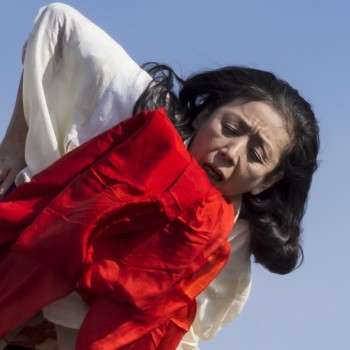
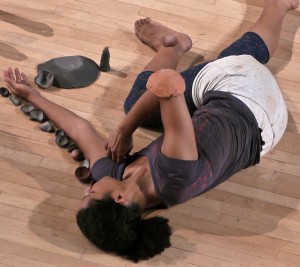
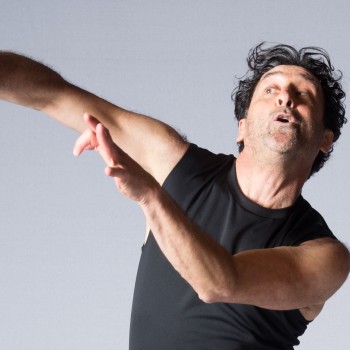
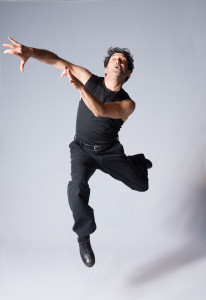
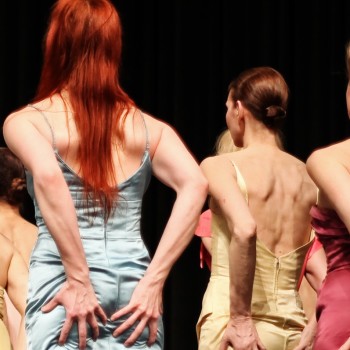
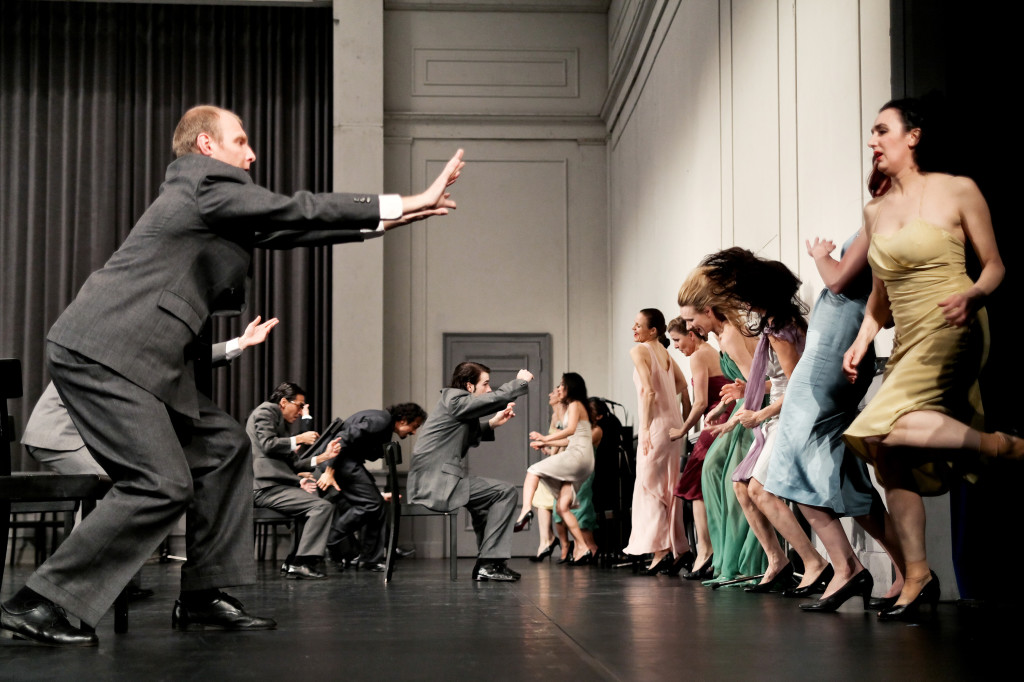
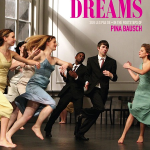 And maybe, just maybe, that edge of brutality has softened a bit. After all, Bausch chose this piece as a lens through which to look at two other age groups. A beautiful documentary
And maybe, just maybe, that edge of brutality has softened a bit. After all, Bausch chose this piece as a lens through which to look at two other age groups. A beautiful documentary 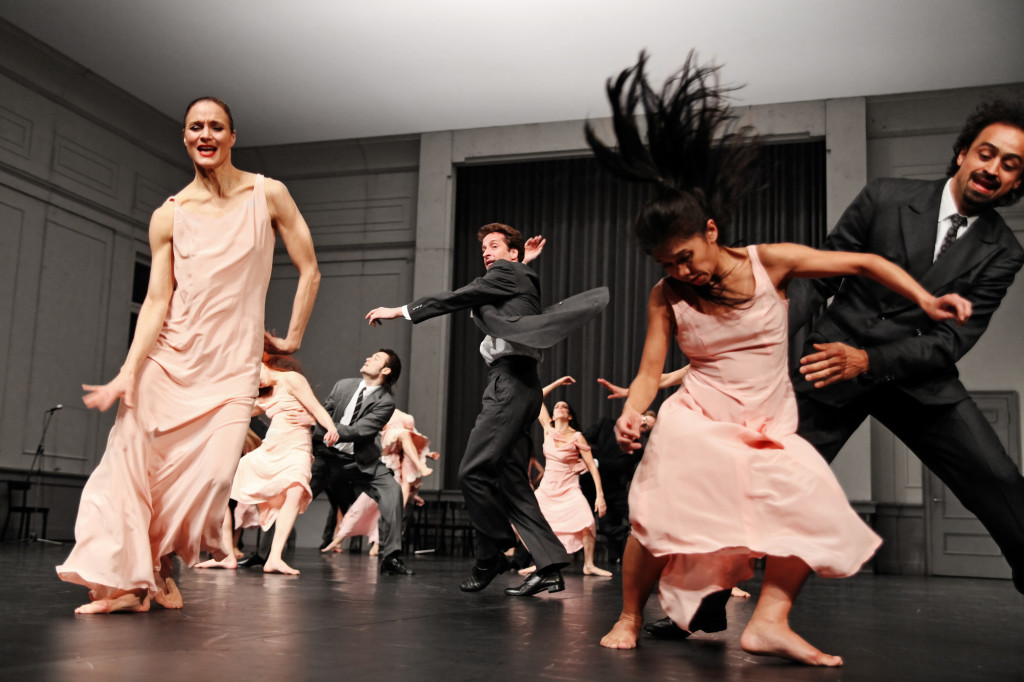
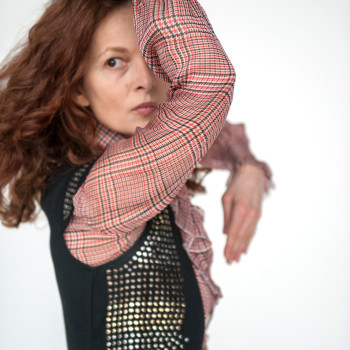

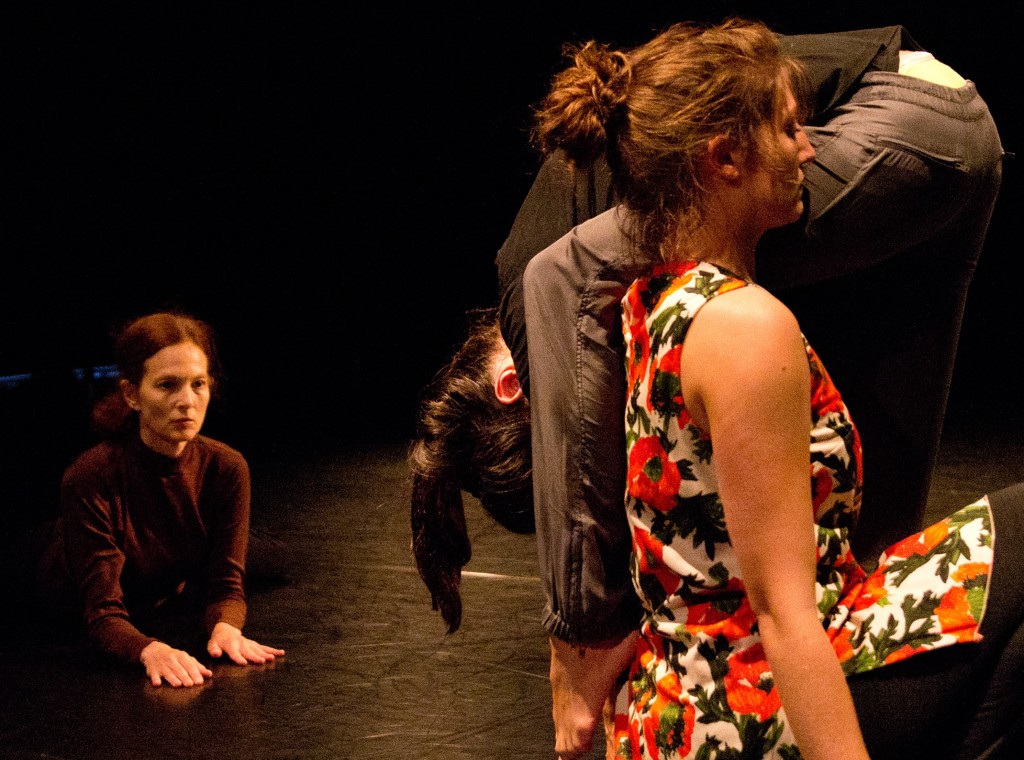
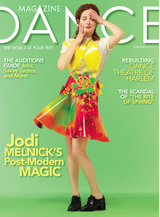 In the Dance Magazine
In the Dance Magazine